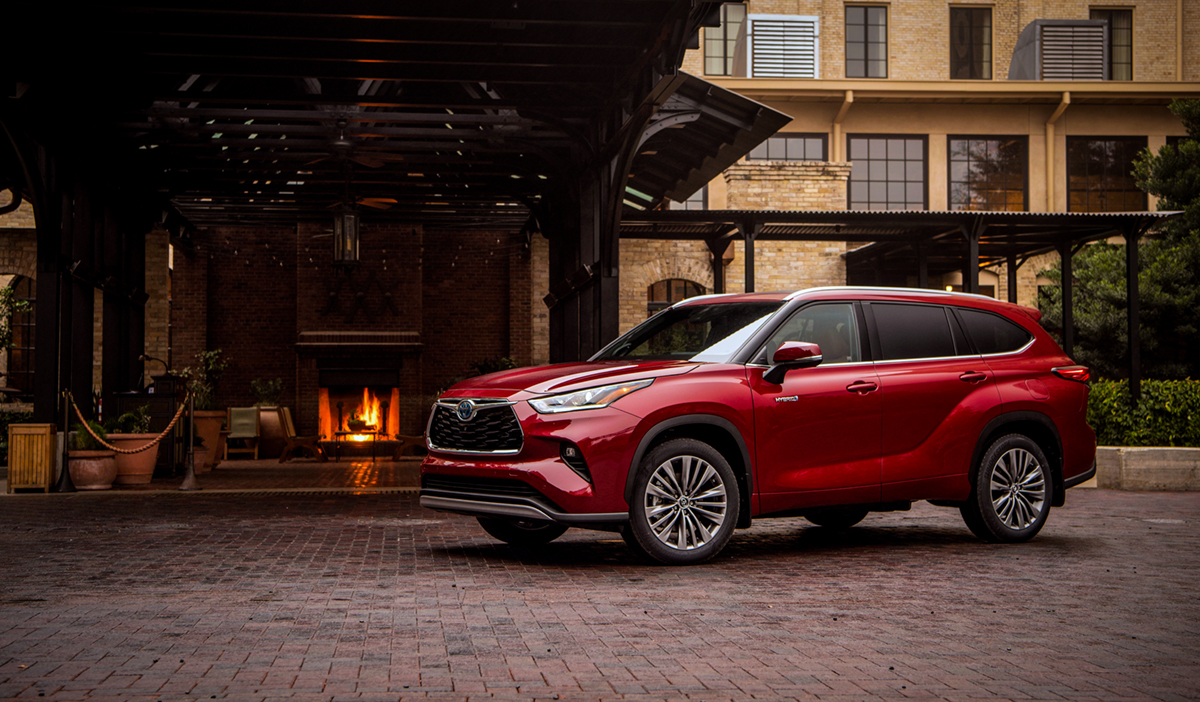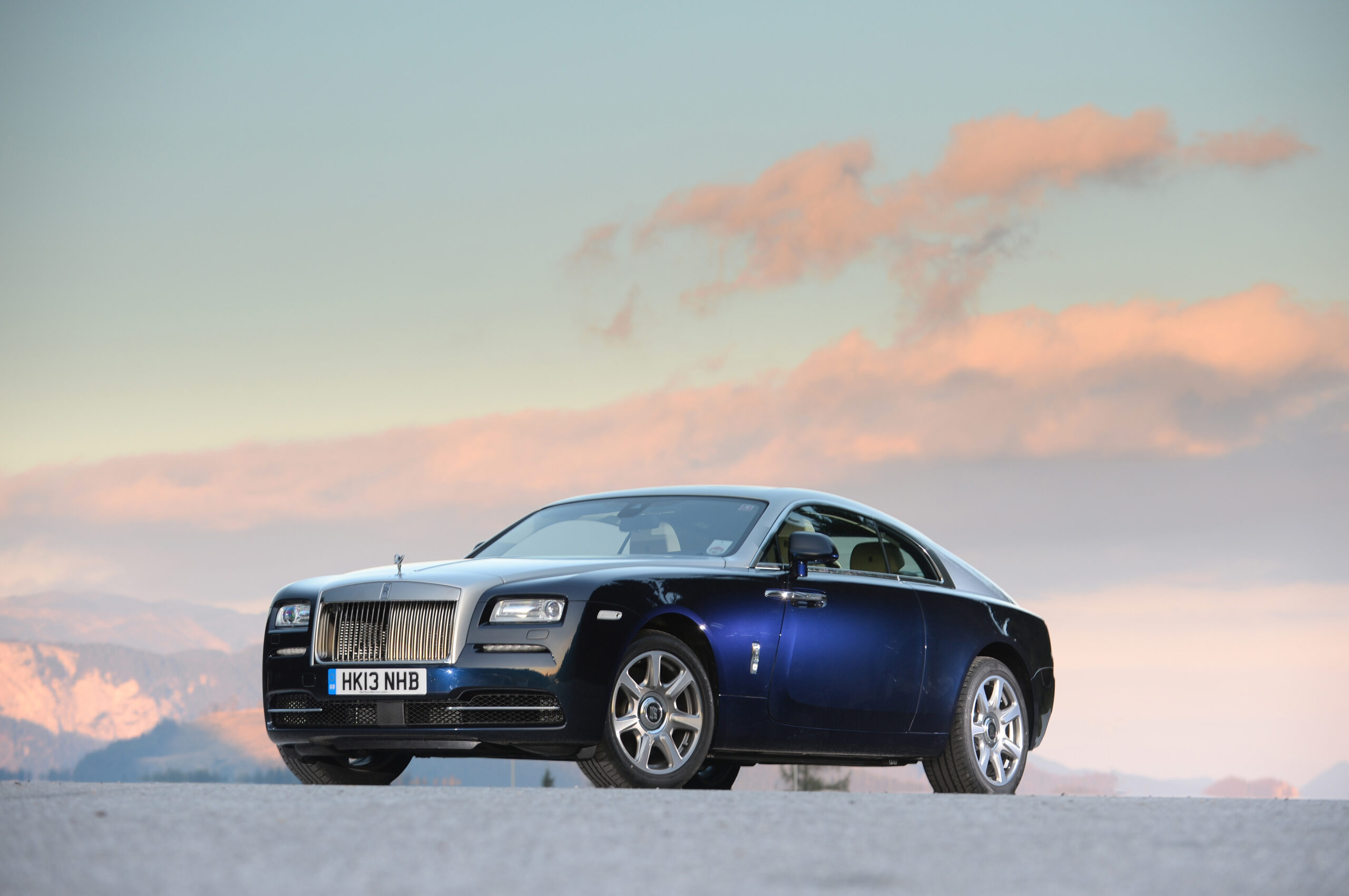Driven: 2020 Lincoln Corsair, A Little Luxury Goes a Long Way
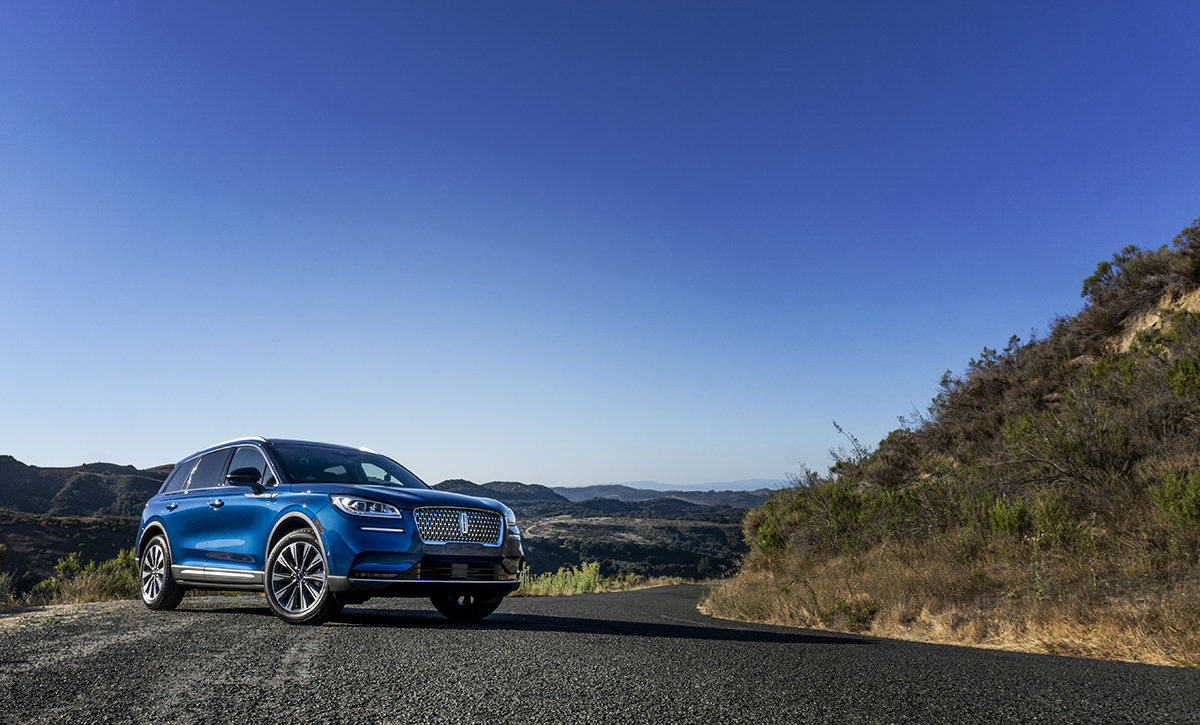
Five years ago, most in the automotive media were ready to bury Lincoln. For good reason. Their vehicles, for the most part, were thinly veiled Fords with lackluster performance, ungainly styling, and nothing inside that even approached the luxury offered by competitors Europe and Japan.
My how times have changed.
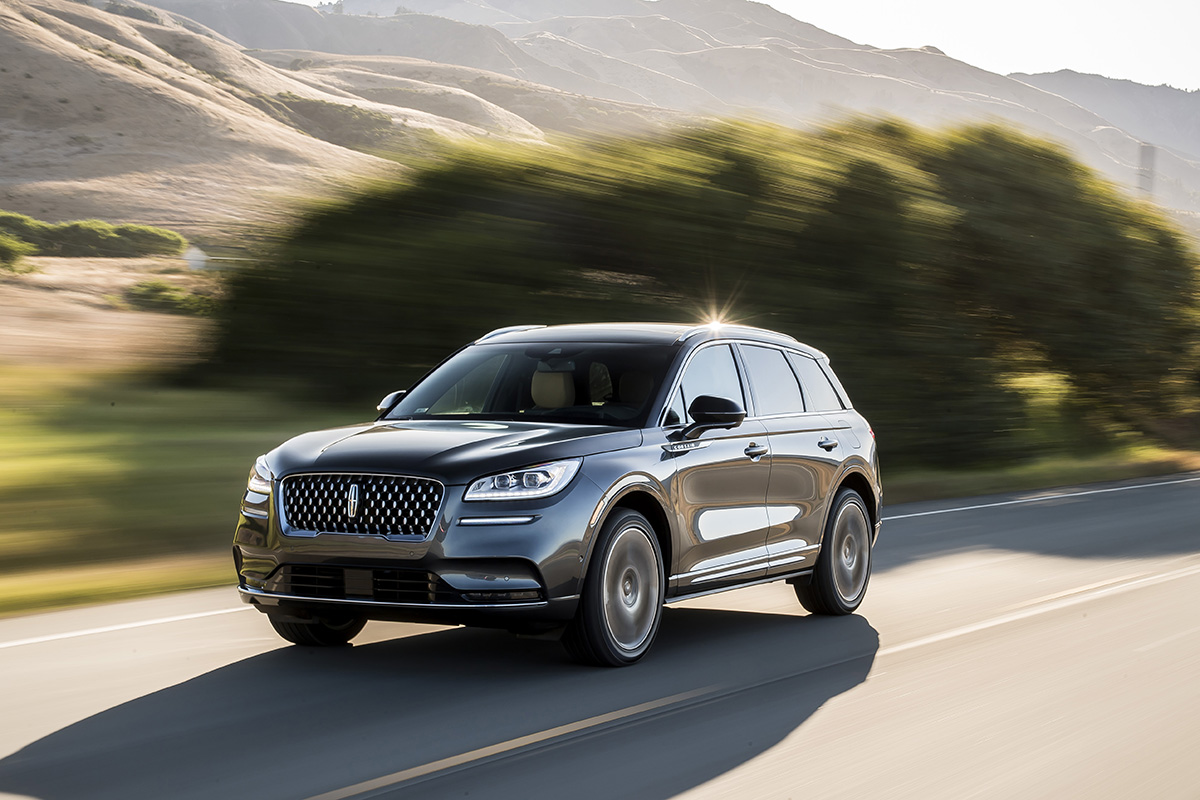
Ford’s premium division has been on a bit of a roll lately with its best-in-class Navigator, well-executed Aviator, elegant Nautilus, and even though not many people care about sedans anymore, a surprisingly competitive Continental. All that was left was to replace the aging but not unappealing MKC with a vehicle that lives up to the promise of its stablemates. Enter the 2020 Lincoln Corsair.
The Corsair competes with a wrecking crew of small SUVs including the Audi Q3, BMW X3, Cadillac XT4, Lexus NX, and Volvo XC40 among others. While not exactly cheap, these are usually the first premium vehicle people buy these days, replacing small sedans as the gateway to luxury. That makes the Corsair incredibly important to Lincoln. Traditionally Lincoln has not been a young person’s car company. Until quite recently the average age of their buyers was over 60 and one of the oldest in the industry. Attracting younger buyers with the Corsair will not only bring that number down, but – assuming they’re satisfied – provide a pipeline of customers for the larger SUVs as these young, well-heeled, families grow in number and size.
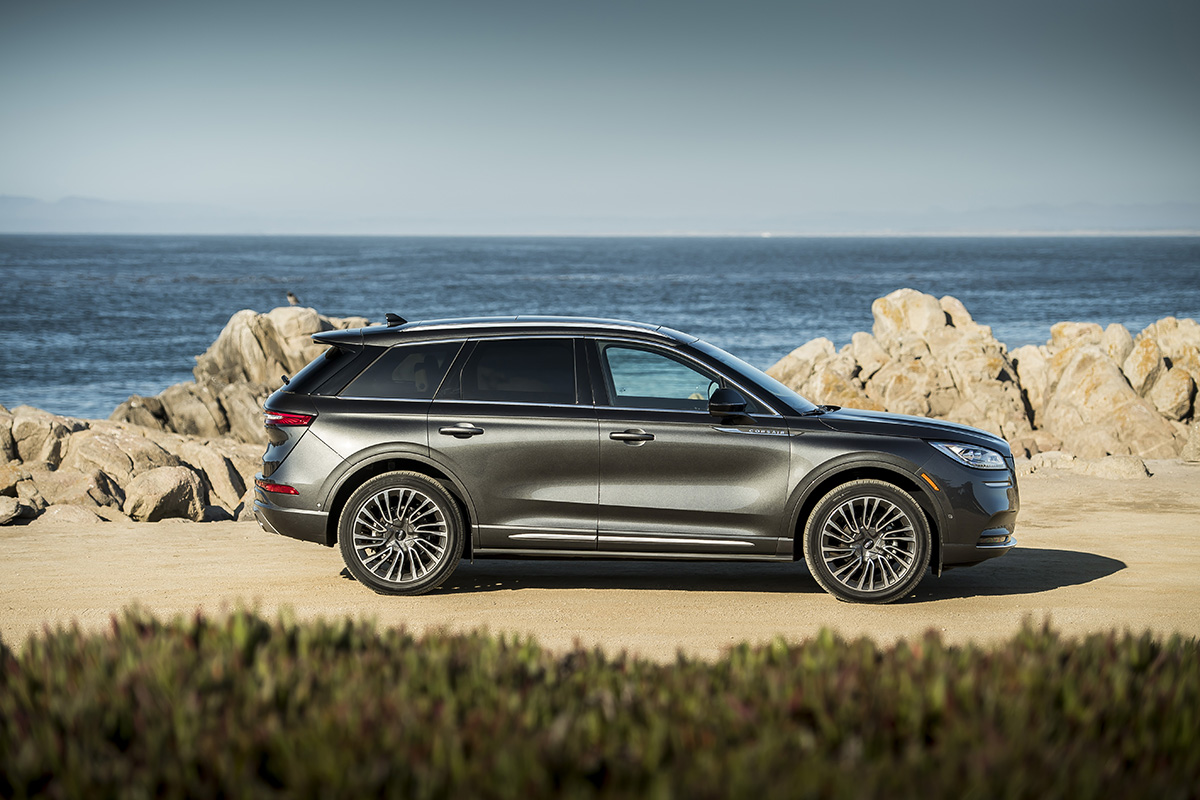
The first thing I noticed about Corsair as I stepped outside the lobby of San Francisco’s retro classic Proper Hotel, is it’s different from others in this category. In its mission to attract and satisfy buyers, Corsair isn’t promising to be sporty or overly dynamic. I’d bet everything in my bank account it never went anywhere near the Nurburgring during testing and development. Lincoln executives are very quick to tell anyone who’s willing to listen their raison d’etre is “Quiet Flight,” a mantra that sets expectations of an experience somewhat more relaxed than that of their competitors.
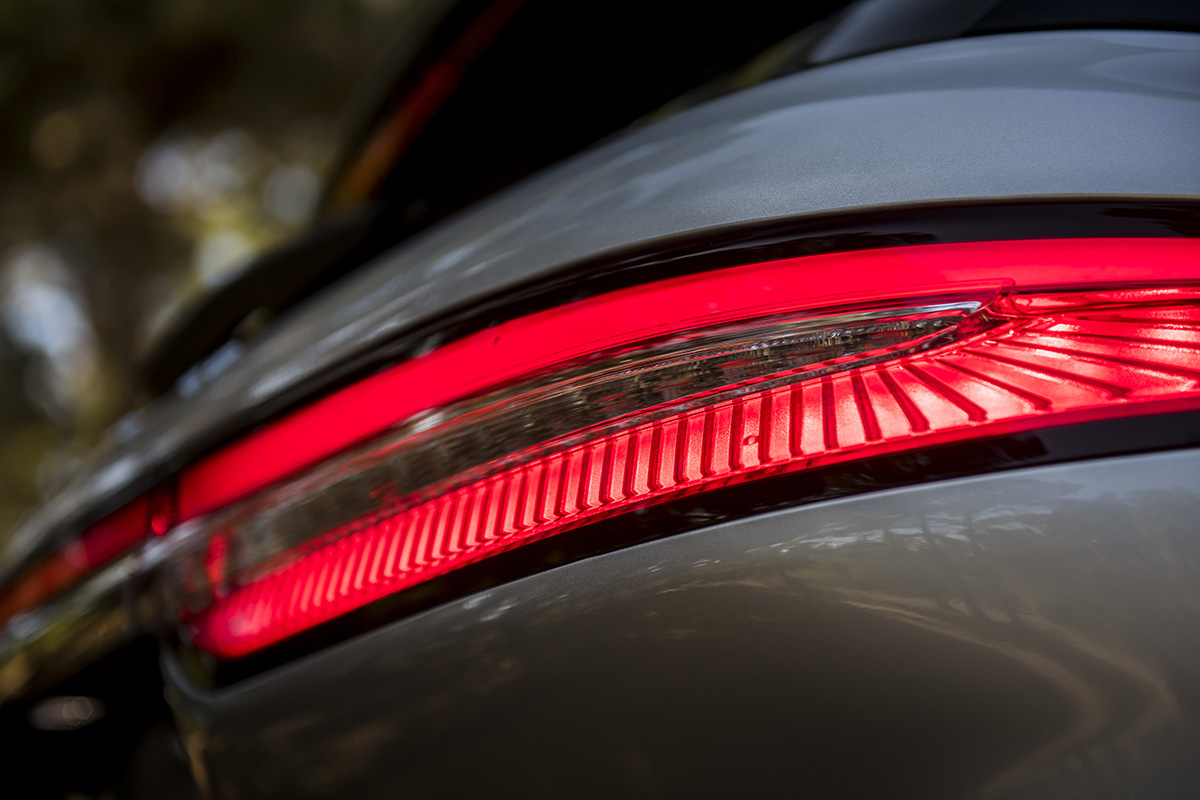
Corsair succeeds at this mission on several levels. The exterior design, penned by new Lincoln design director Kemal Curic, adapts design cues from Navigator and Aviator onto a shorter, lower body in a way that makes a compact SUV look larger than it is. The standard 19-inch and available 20-inch wheels help, as does the fairly high hood. The tapered roof sloping from the A-pillar back creates a sense of motion without compromising the greenhouse. The subtly sculpted sides, with two strong character lines at the top and bottom make it look longer than it actually is.
With just a 106.7-inch wheelbase and 180-inch overall length, Corsair is shorter than the X3. Inside they’ve focused on passenger comfort, giving it slightly more passenger volume than the X3 at the expense of a bit of cargo space. What the Corsair does really well is welcome the driver and passengers inside. In addition to the aforementioned roominess, the interior details, design, and materials fit with the car’s personality. In the high level Reserve trim, Corsair is a jewel box of immaculate details. The 24-way adjustable perfect position, massaging seats are the most comfortable seats for cruising available today. With all the adjustments, it takes a bit longer to set up, but once you do, it’s like having the seat custom tailored for you.
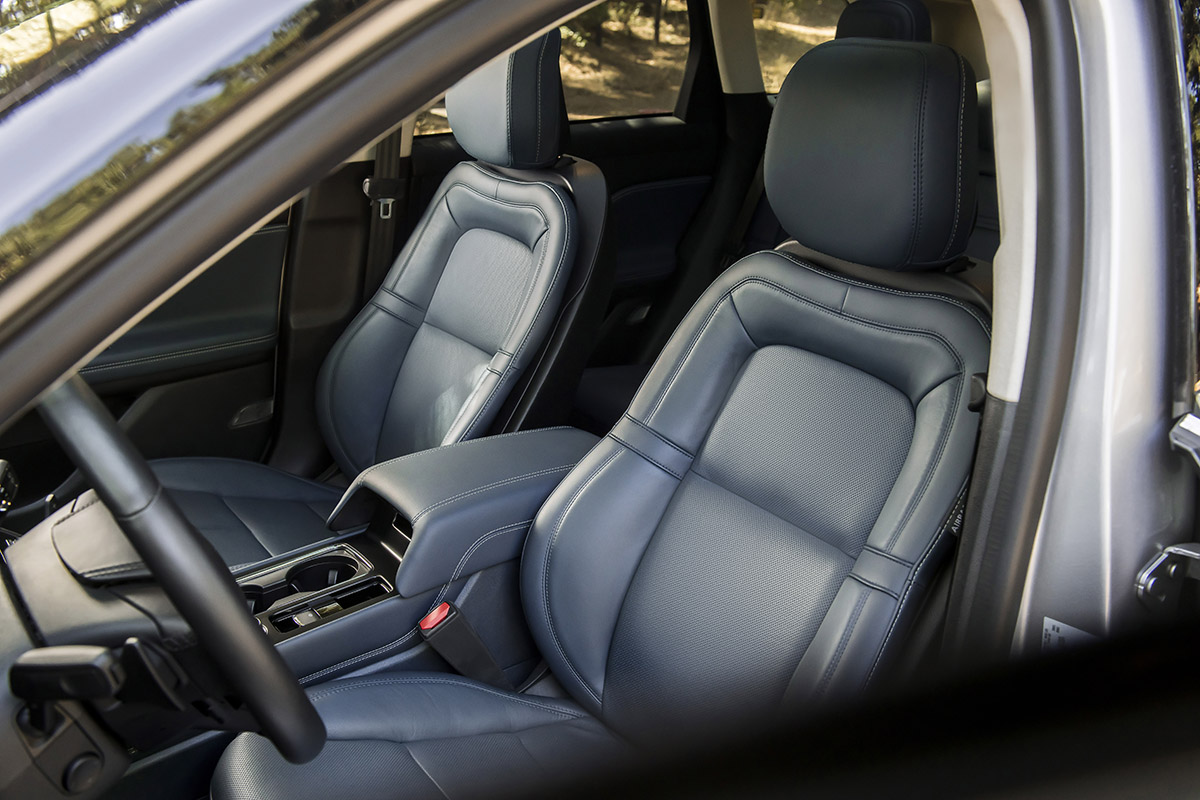
The available 18-speaker Revel premium audio system delivers fidelity that’s as good or better than any other compact crossover thanks to all the work Lincoln engineers do with their Revel counterparts. The efforts they put into managing road and wind noise help as well. Corsair’s a dual wall dashboard separates the engine from the interior. Acoustic glass and lots of work in the wind tunnel keep wind noise to a minimum even at extra-legal highway speeds (I’ll take the fifth on how I know). Finally, active noise cancelling identifies and removes sounds at frequencies that can be both distracting and tiring for the driver.
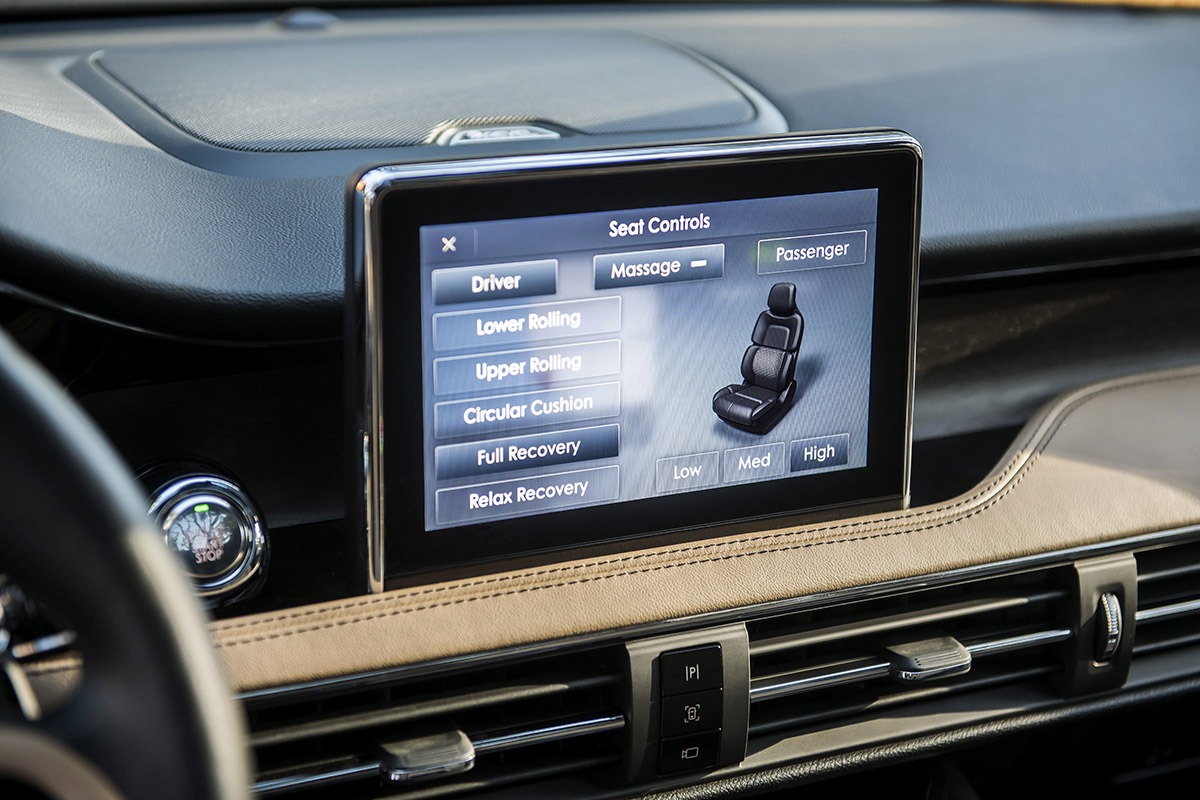
All the dials, buttons, and switches feel right. Everything is where you expect it. I even like placement of the piano key shifter in the Corsair. If there’s one nit I have to pick, it’s with the actual touch screen and how it sits atop the dash. With its bright plastic trim and stuck on feel, it doesn’t live up to the promise of the rest of the interior. I wish it were integrated into the dash as in Lexus and Mercedes-Benz vehicles.
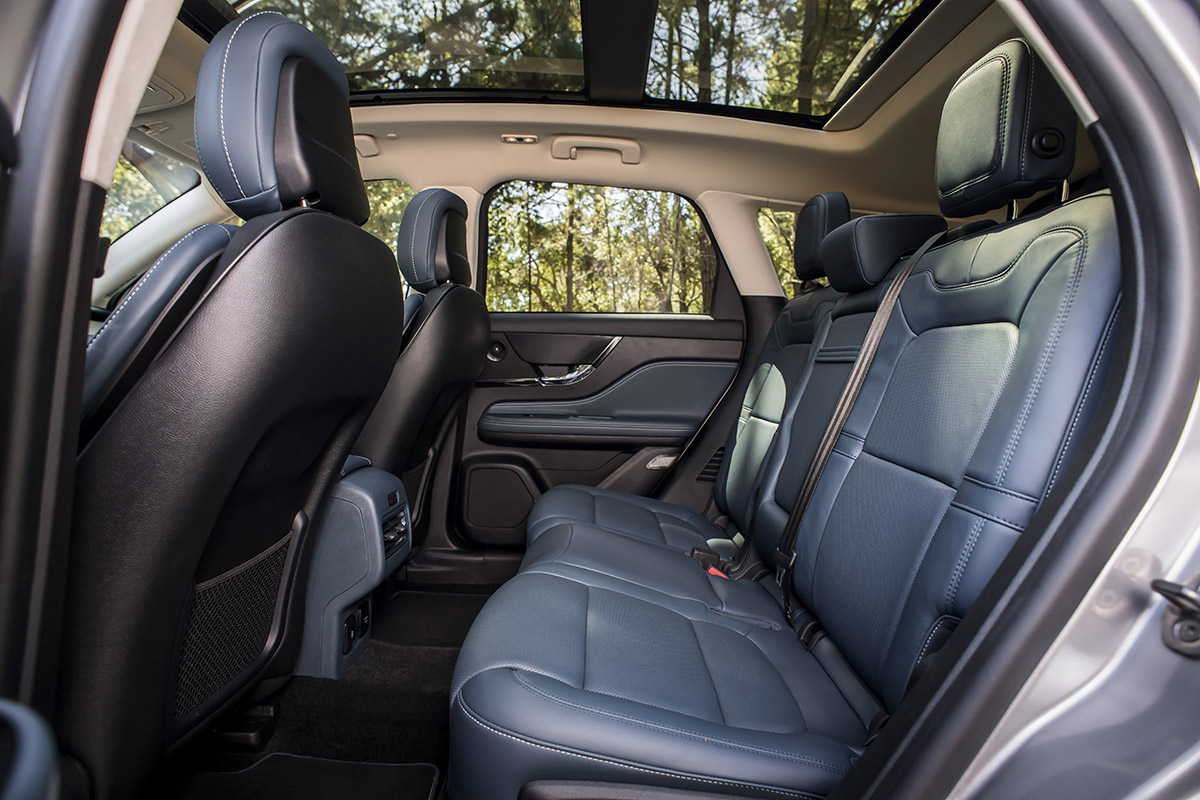
The back seats slide fore and aft six inches, so you can choose whether you want more cargo space or leg room. All the way forward and you can put four full-size roller bags in the back. Move them back and rear seat legroom is excellent for a vehicle this small and at 6’3″ I can sit comfortably behind a taller driver. In fact, it offers more legroom than the Acura RDX, Lexus NX and Tesla Model X. The seats are heated and with the optional panoramic glass the feeling is open and expansive. Lincoln designers accentuated the horizontal surface to make the Corsair feel bigger inside.
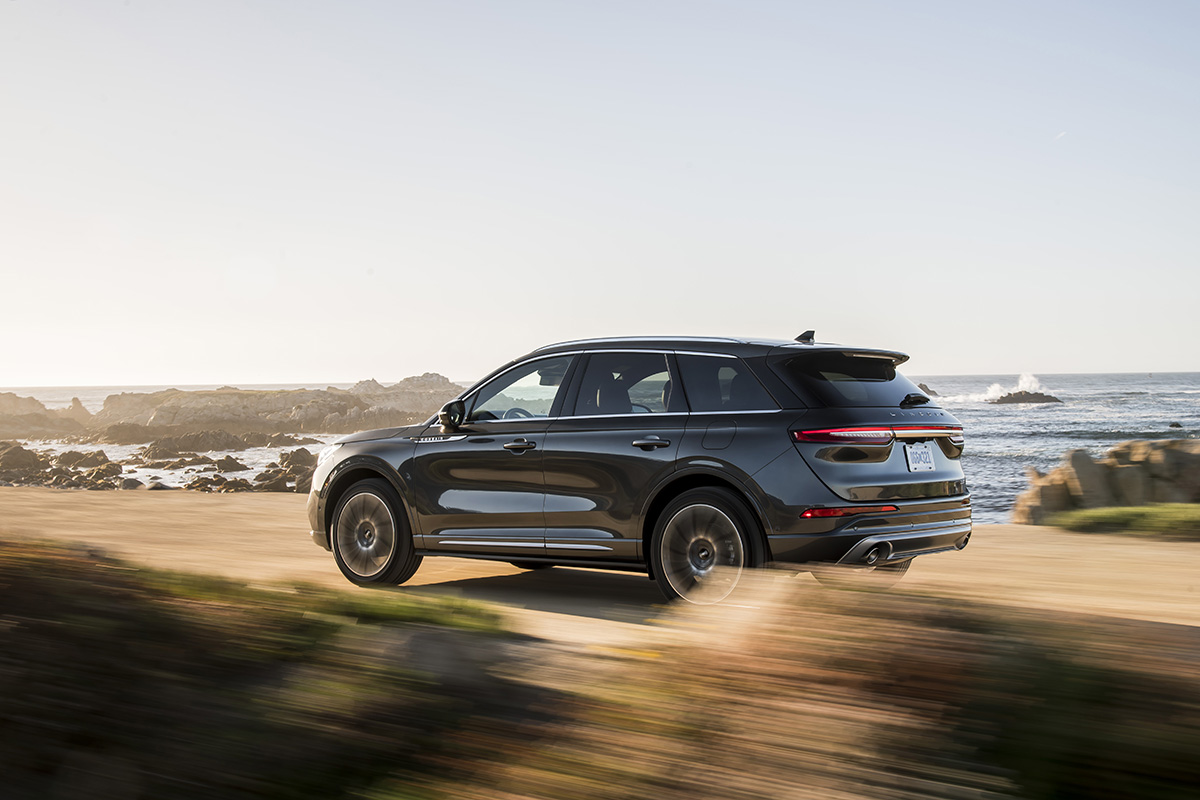
Corsair is available with two engine options and one transmission, an 8-speed automatic that drives either the front or all four wheels. The base front-wheel drive model has a 2.0-liter turbo that makes 250 horsepower under the hood. I drove an upgraded version with optional all-wheel drive that proved lively and more than adequate to climb the steep and winding hills around Carmel Valley Ranch. In fact, Corsair offers more standard horsepower than the BMW X3, which is interesting because Lincoln doesn’t really peddle the Corsair as a performance crossover though it’ll easily run with a corresponding BMW, Audi, or Range Rover. They’re more interested in providing power that’s smooth and effortless. That’s what it delivers. Even the more powerful 2.3-liter turbo – producing 295 horses – isn’t about a thrill ride. It just adds more confidence for merging and passing to an already confident vehicle.
We left San Francisco just after rush hour and headed south and west toward the Pacific Coast on our way to the Monterey peninsula and our ultimate destination, Carmel Valley Ranch. In town, the Corsair’s compact dimensions work for it. It’s nimble in traffic and easy to wheel through tight spots with enough acceleration to make lane changes an almost subconscious endeavor. Lincoln Co-pilot 360 Plus – which adds adaptive cruise control with stop and go, lane centering, speed sign recognition, 360º camera, evasive steer assist, rear brake assist, parking sensors, and active park assist plus to the standard package of pre-collision assist with automatic emergency braking, lane keep assist, rear camera, and blind spot warning with rear cross traffic alert – provides all the information you need to avoid the perils of big city driving.
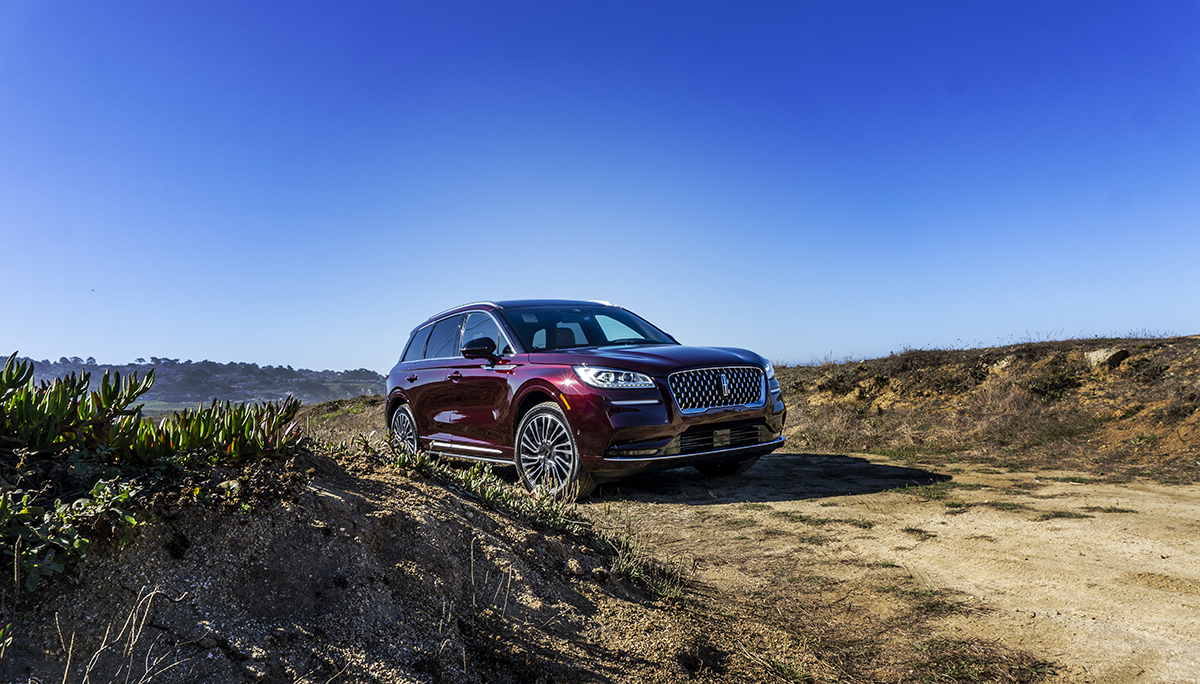
On the highway, Corsair is quiet, smooth, and comfortable. It rides like a big vehicle, but drives like a small one. On the backroads you can set the drive mode to excite and have a little fun, but you won’t confuse it with an X3 M40i. Corsair is built for comfort, not for speed. The optional dynamic handling package reads the road ahead and adjusts the dampers to reduce the effect of potholes and other imperfections, while reducing body roll through the corners. Lincoln’s vision is that all its vehicles provide a respite from work or all the other stresses of the world around you. Engine noise is kept to a minimum, road noise is almost non-existent, and when the premium Revel audio system is cranking, there are no intrusions to your personal space.
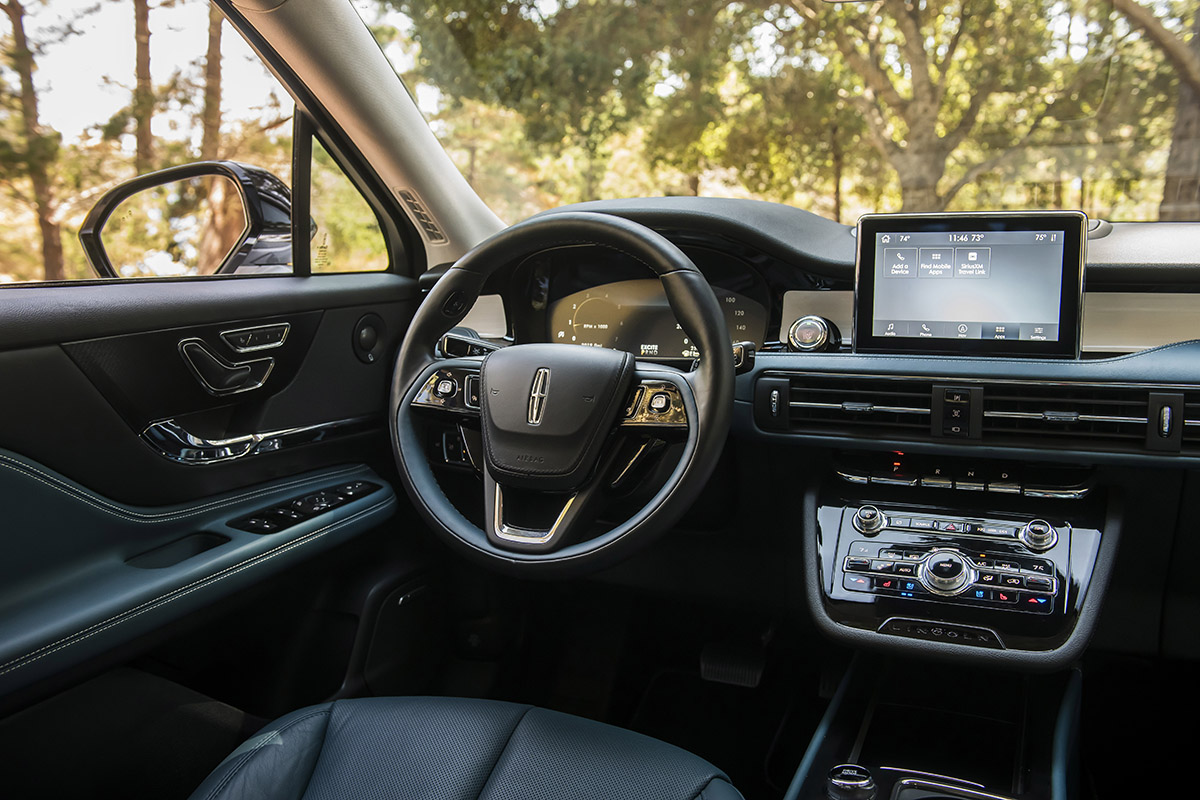
I’m a big fan of the options 12.3-inch digital instrument panel. Like the Navigator and Aviator it’s configurable based upon your selected drive mode and for the most part it’s an exercise in minimalism. The effect is calming and focused. Another interesting bit for the driver is the Lincoln Vision Steering wheel which looks clean and uncluttered until you activate systems like cruise control, phone or audio using the thumb toggles on the left and right side of the wheel. Then the wheel lights up, and indicators to set your cruising speed, audio volume, and more magically appear. Then there are the warning chimes that aren’t random beeps, buzzes, and bings, but music that’s actually composed, arranged, and performed by members of the Detroit Symphony Orchestra. It’s much more civilized to be reminded that your passenger’s seat belt is unbuckled by a classical quartet than a computerized noise.
Our trip from San Francisco to Monterey is exactly how Lincoln envisions owners using their Corsairs, an smooth and sophisticated urban commuter/suburban runabout during the week, and a luxurious getaway car on the weekends. If that’s what you buy it for, you’ll be very pleased with your choice.
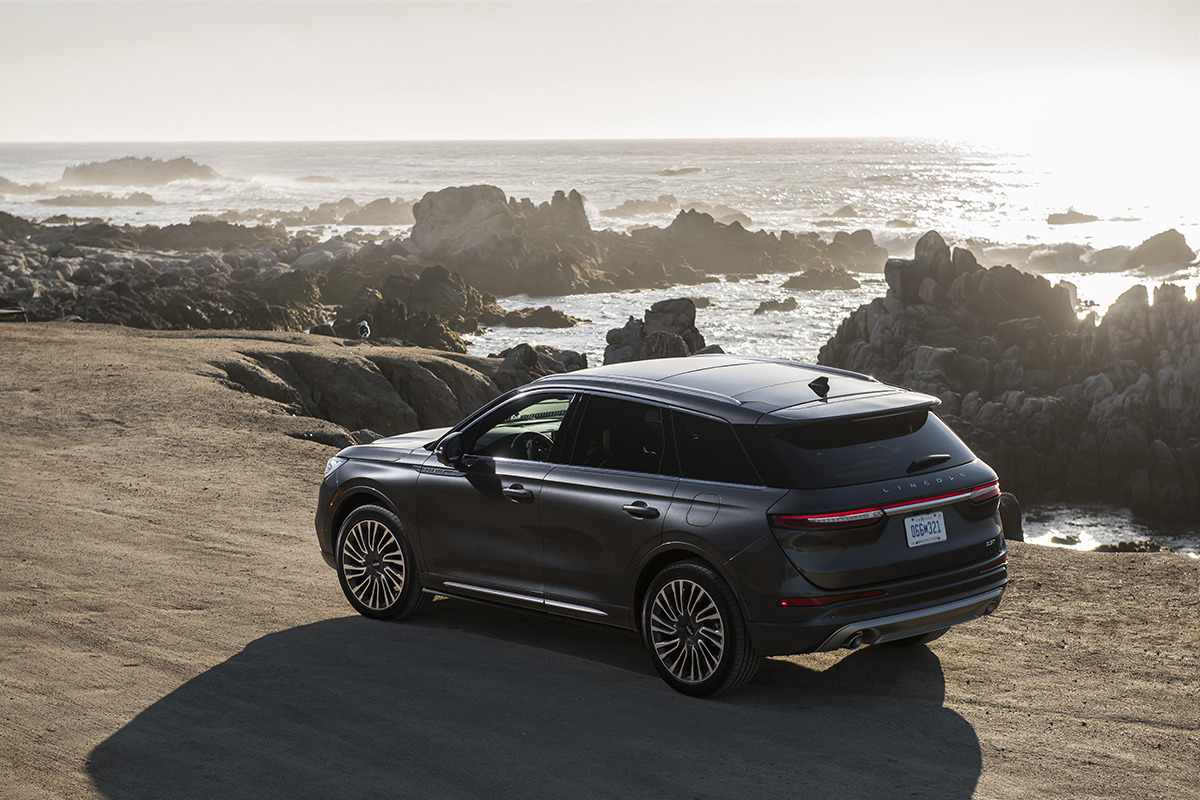
2020 Lincoln Corsair
Four-door, five-passenger compact utility vehicle
Base Price $35,945
Price as tested: $59,660
Major Options: Reserve Trim, 2.3-liter Engine, All-wheel drive, flight blue paint, head up display, dynamic handling package, technology package, elements package, co-pilot 360 plus, 24-way perfect position seats, 20-inch aluminum wheels
Engine: 2.3-liter, 4-cylinder DOHC with fuel-injection
Transmission: 8-speed automatic
Power: 295 HP
Torque: 310 lb.-ft.
Curb weight: 3,848 pounds
0-60 MPH: 6.5 seconds
Towing capacity: up to 3,000 pounds
EPA MPG: 21 city, 28 highway, 24 combined

